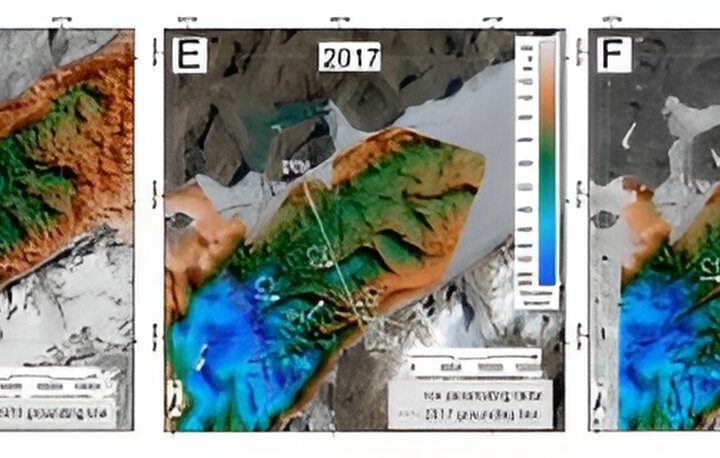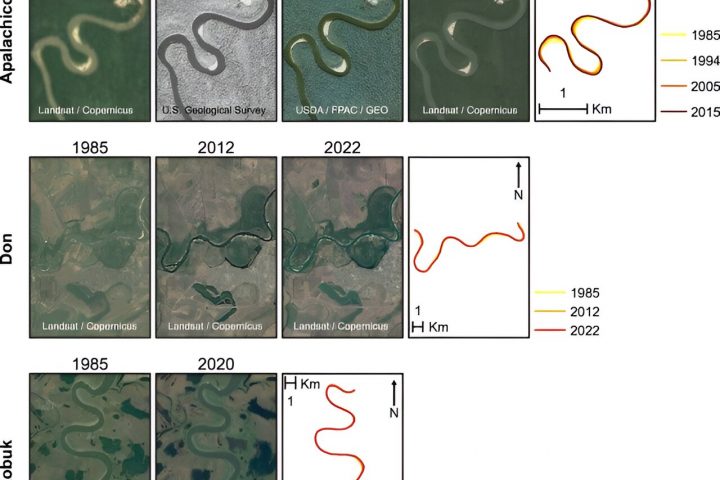Exciting new research from Skoltech reveals the potential risks of using certain chemical agents for enhanced oil recovery in oil shale projects. It turns out that water solutions of nanoparticles and a soaplike substance called a surfactant may actually trap the oil underground instead of helping to recover it. This discovery highlights the need to explore other options for boosting oil recovery. The findings of this study are reported in Energy & Fuels.
Over time, the pressure underground that forces oil to the surface decreases, making further extraction challenging. Enhanced oil recovery techniques, such as injecting steam, chemicals, and other agents into the reservoir, become necessary. For shale deposits, which are notoriously difficult to extract from, enhanced recovery is often the only option.
Enhanced recovery involves three main approaches: thermal injection, gas injection, and chemical injection. Chemical injection, in particular, utilizes various water-based fluids with different mechanisms of action to boost oil recovery.
Oil shale is a valuable source of hydrocarbons, but the effects of enhanced oil recovery techniques on shale reservoirs are not well understood. Determining what works and what doesn’t is crucial for unlocking this valuable resource.
A research team from Skoltech Petroleum conducted numerical simulations and lab experiments on oil shale samples to investigate the feasibility of injecting water solutions containing nanoparticles or a surfactant for enhanced recovery. The results were surprising.
“Our study considered 13 fluids, and we selected two for testing on oil-saturated rock samples,” explained Alexandra Scerbacova, a Junior Research Scientist involved in the study. “First, we injected brine and achieved an oil recovery factor of about 53%. This served as the baseline for assessing the efficiency of the two agents in the experiment.”
The surfactant used in the study, sodium fatty acid methyl ester sulfonate, did increase the oil recovery factor, but it was not economically viable compared to water. Additionally, the experiment revealed that some of the rock pores became blocked, reducing permeability.
The nanoparticle-based agent posed an even greater problem, as it significantly decreased rock permeability. The study warns that the filtration of nanofluids could cause critical damage to shale rock.
“Our research shows that water or surfactant injection, although a cost-effective technique for conventional reservoirs, is not suitable for oil shales, especially the Bazhenov Formation,” concluded Elena Mukhina, a Senior Research Scientist involved in the study. “Further research is needed to identify alternative surfactants and other enhanced oil recovery techniques, such as gas injection, that may be more suitable for shale oil reservoirs.”








